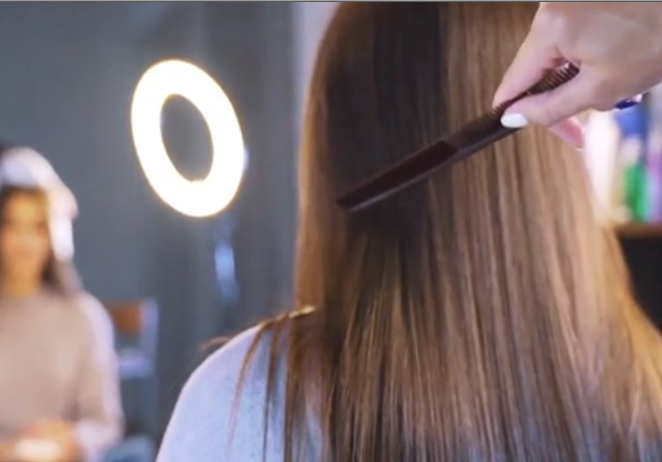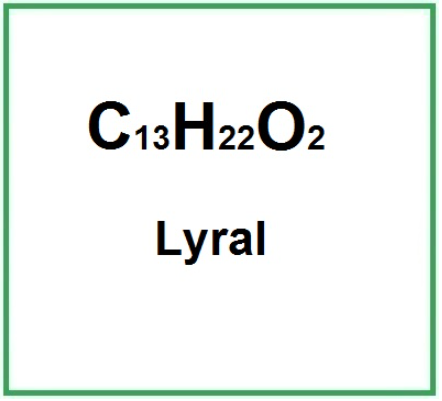Lyral (Hydroxyisohexyl 3-cyclohexene carboxaldehyde) is a synthetic mixture of two isomers.
It appears as a colourless liquid.

Cosmetics
Lyral is a restricted ingredient II/1380 as a Relevant Item in the Annexes of the European Cosmetics Regulation No. 1223/2009.
Fragrance. It plays a decisive and important role in the formulation of cosmetic products as it provides the possibility of enhancing, masking or adding fragrance to the final product, increasing its marketability. Consumers always expect to find a pleasant or distinctive scent in a cosmetic product.
Perfuming. Unlike fragrance, which may contain slightly less pleasant or characteristic odors, the term perfume denotes only very pleasant scents.

Safety
In 2014, the fragrance hydroxyisohexyl 3-cyclohexene carboxaldehyde (HICC) was excluded from the Swedish baseline series (1).
In this study of 6004 patients, 940 (15.7%, 95%CI: 14.7-16.6%) were fragrance-sensitized. Regarding the single fragrances, most patients were sensitized to Lin-OOH (3.9%), Evernia furfuracea (3.0%), Lim-OOH (2.5%), and hydroxyisohexyl 3-cyclohexene carboxaldehyde (2.1%) (2).
In a survey of 12377 aged between 18 and 74, in five different European countries (Sweden, the Netherlands, Germany, Italy and Portugal) Hydroxyisohexyl 3-cyclohexene carboxaldehyde was used as a test (3).
- Molecular Formula C13H22O2
- Molecular Weight 210.317 g/mol
- CAS 31906-04-4 51414-25-6
- UNII QUE43B9Z2Q
- EC number 250-863-4 257-187-9
Synonyms:
- 4-(4-Hydroxy-4-methylpentyl)cyclohex-3-ene-1-carbaldehyde
- Lyral®
- EINECS 250-863-4
- Kovanol
- Mugonal
- Landolal
- 3-Cyclohexene-1-carboxaldehyde, 4-(4-hydroxy-4-methylpentyl)-
- 4-(4-Hydroxy-4-methylpentyl)-3-cyclohexene-1-carboxaldehyde
- 4-(4-Hydroxy-4-methylpentyl)cyclohex-3-enecarbaldehyde
References_________________________________________________________________________
(1) Engfeldt M, Hagvall L, Isaksson M, Matura M, Mowitz M, Ryberg K, Stenberg B, Svedman C, Bruze M. Patch testing with hydroxyisohexyl 3-cyclohexene carboxaldehyde (HICC) - a multicentre study of the Swedish Contact Dermatitis Research Group. Contact Dermatitis. 2017 Jan;76(1):34-39. doi: 10.1111/cod.12699.
(2) Bennike NH, Zachariae C, Johansen JD. Non-mix fragrances are top sensitizers in consecutive dermatitis patients - a cross-sectional study of the 26 EU-labelled fragrance allergens. Contact Dermatitis. 2017 Nov;77(5):270-279. doi: 10.1111/cod.12822.
(3) Diepgen TL, Ofenloch RF, Bruze M, Bertuccio P, Cazzaniga S, Coenraads PJ, Elsner P, Goncalo M, Svensson Å, Naldi L. Prevalence of contact allergy in the general population in different European regions. Br J Dermatol. 2016 Feb;174(2):319-29. doi: 10.1111/bjd.14167.
![]() Lyral
Lyral 






